Playback speed:
Are you struggling to ensure your content is original and free from plagiarism? With the rise in online content creation, the risk of unintentional plagiarism can be high.
Our blog will guide you through the sea of plagiarism checker tools available for 2024, assisting you in making an informed choice that suits your needs best.
Let’s uncover these secret weapons against plagiarism together.
Best Plagiarism Checkers [Key Takeaways]
- Plagiarism is bad. It’s like stealing words or ideas from others; many types exist, including complete, direct, and mosaic.
- Good plagiarism tools help keep your work clean and fair. They find parts copied from other places.
- Bloggers need to think about lots of factors, such as accuracy, cost, ease of use, and what else the tool can do when choosing a plagiarism checker.
- Due to the minor chance of errors in plagiarism checkers, some plagiarism scores are considered acceptable.
What Is Plagiarism?

Plagiarism involves using someone else’s work without giving appropriate credit, essentially passing it off as your own. It is a serious offense in academia and in many professional fields. There are various ways to commit plagiarism, including copy-pasting, paraphrasing without citation, and presenting others’ ideas as yours.
This is a big problem in the world of writing. When you take other people’s work without attributing it, they do not get credit for their hard work. This doesn’t feel good, and it breaks the rules about being honest at school or at your job.
Common instances of plagiarism
As mentioned earlier, plagiarism comes in many forms. To be aware, here are some common types:
- Complete plagiarism: This is the most obvious type. It’s when a writer passes someone else’s work as their own.
- Direct plagiarism: It’s also called verbatim plagiarism. This happens when an author copies word for word from another source and does not give credit where it’s due.
- Paraphrasing plagiarism: Here, one spins the words or ideas of someone else without providing a proper citation.
- Self-plagiarism: You might think this isn’t possible, but it is. It’s when a writer uses their past work again in a new piece without stating that it has been used before.
- Patchwork plagiarism: This type involves copying different parts from various sources and mixing them together as if they’re original.
- Accidental plagiarism: Even with good intent, plagiarism can happen by mistake if one forgets to cite their sources correctly.
- Mosaic plagiarism: A little harder to spot, this involves using phrases from different sources and sticking them together without citation.
The impact of plagiarism
Plagiarism hurts those who do it. It shows a lack of originality and honesty. The act of plagiarism can cause big problems for bloggers. If you copy others’ work, your readers will lose trust in you. Also, the person whose work was copied may take legal action against you.
A heavy price is often paid by those caught plagiarizing. Schools might fail students who copy others’ work. Job seekers could lose job offers due to dishonesty in their applications or resumes.
In both cases, your reputation takes a hit that’s hard to recover from.
“It’s impossible to say enough bad things about copied material. In addition to the instant risk of legal trouble, it is a major threat to the trust that companies work hard to build with their partners, customers, and even other companies in the same industry. In this digitally connected world where data is stored and shared easily, any kind of plagiarism can quickly hurt a business’s image.” — Jason Wise, Editor, EarthWeb
Comprehensive Review and Comparison of Top Plagiarism Checker Tools Online
What is the best plagiarism checker online? In fact, there is no definitive answer to that question, as many high-quality solutions constantly compete for first place.
Dive into an in-depth analysis of the best plagiarism checker tools of 2024, exploring their features to help decide which is the ideal choice for your specific needs.
Excited? Let’s get started and discover more.
Winston AI Plagiarism Checker
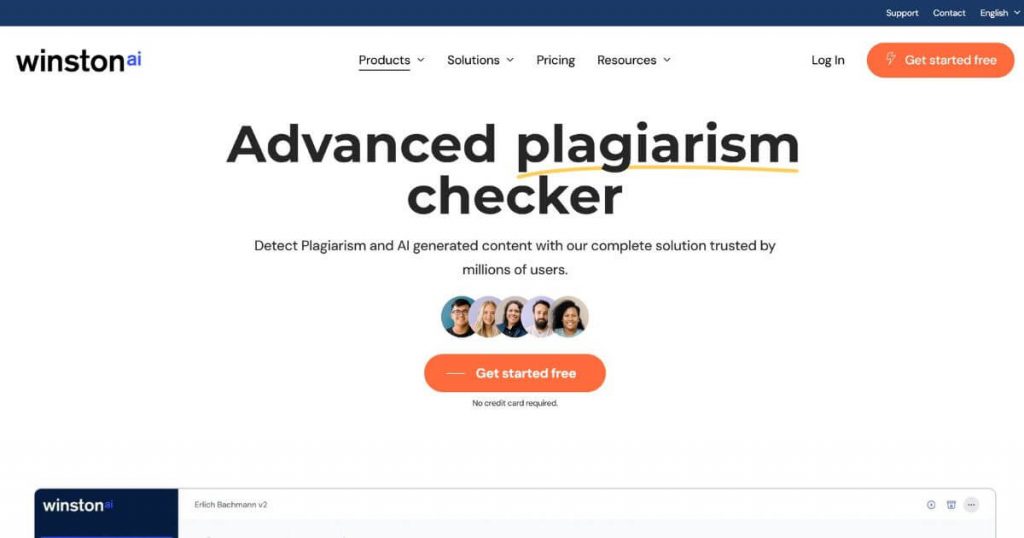
Winston AI offers an advanced plagiarism checker, suitable for bloggers, copywriters, educators, and SEO agencies. The tool uses sophisticated technology to check the integrity of your content. It scans text against a myriad of webpages, online resources, and databases to help you avoid duplication.
It not only detects plagiarism but also identifies AI-generated content produced by ChatGPT and other similar tools.
Winston AI’s plagiarism tool supports all languages, which makes it stand out among competitors. It produces comprehensive reports, where you can easily see all plagiarism sources and AI-generated parts.
Moreover, your scanned content is secure in an encrypted storage database. You can also completely delete a checked document. Additionally, Winston AI offers an API for businesses seeking a cost-effective plagiarism checker and AI content detector.
Scribbr
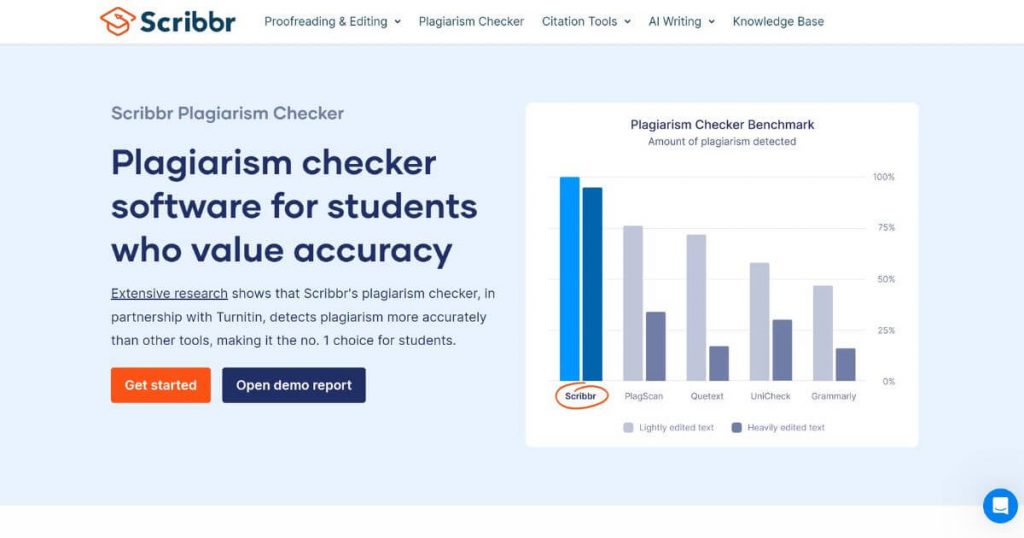
Scribbr stands out as one of the best plagiarism checkers for students. This tool uses Turnitin, which is very precise at finding copied parts. Scribbr’s checker is also known for its ability to detect plagiarism even if the original phrasing has been altered.
Plus, they have experts who edit work of all kinds, such as essays and research proposals. Scribbr also has a unique self-plagiarism checker tool where you can add the sources to check. The latter might include your own past work, unpublished work from your fellow students, unpublished PDFs, or internet pages copied and pasted directly into the checker.
You will find that the prices are fair when you see how well it works. In addition, Scribbr offers a limited free version to test and try.
PlagAware
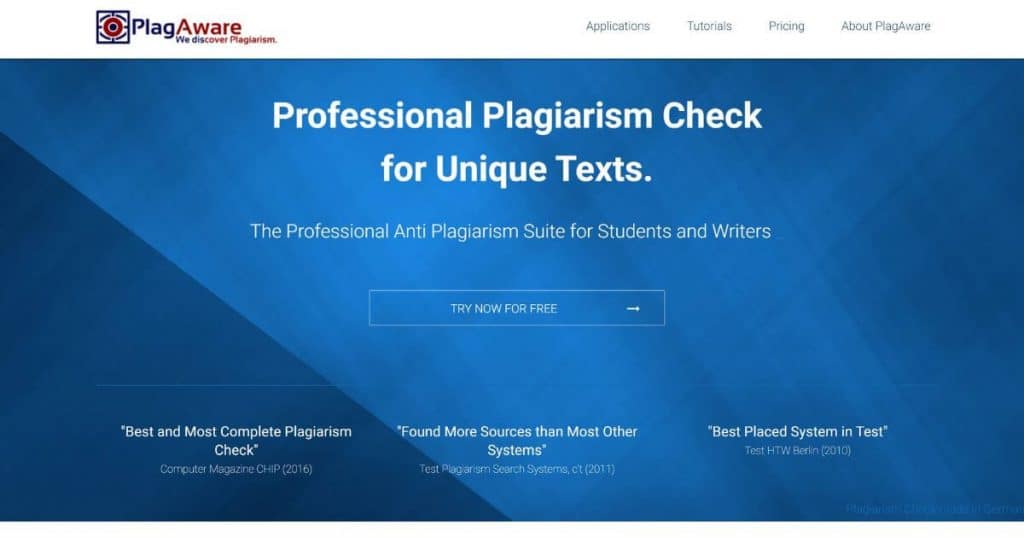
PlagAware is a plagiarism search engine that can compare texts with billions of online sources and reference texts. It has been used by universities, schools, companies, and private users for over 10 years and has won several awards for its accuracy and user-friendliness. PlagAware can detect paraphrased plagiarism, translate texts into different languages, and offer free scans of revisions.
It gives fast results that are also accurate. Using PlagAware helps keep your work original. Your words stay safe from copycats thanks to its strong search tool. With PlagAware, you can rest assured that you have a helpful assistant that recognizes any plagiarism in a matter of minutes.
Quetext
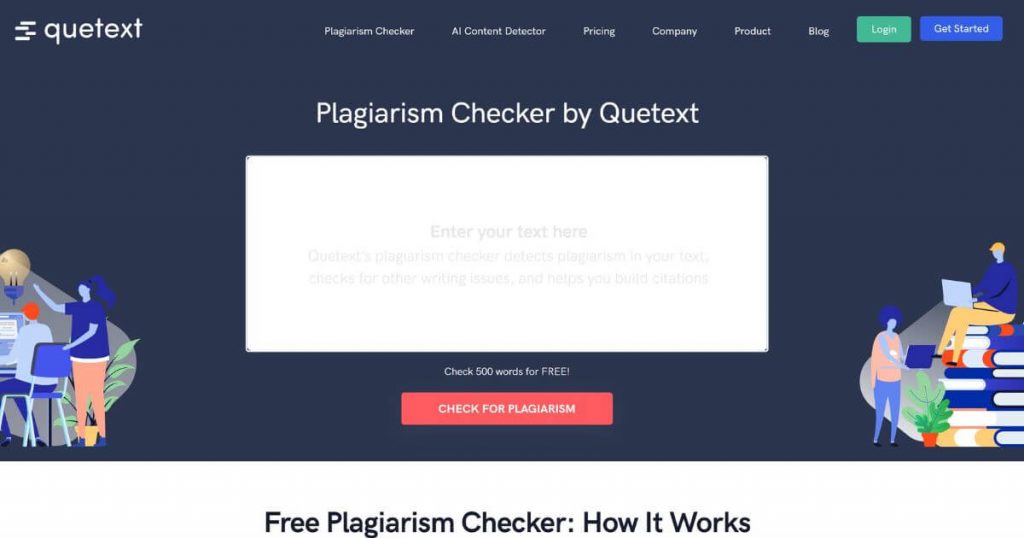
Quetext is a star in the world of plagiarism checker tools. Bloggers use it to spot copied content and keep their work fresh. Launched in 2016, this tool became popular fast. It uses big, smart brains, or what we call “advanced algorithms“.
This allows you to check for duplicate words and ideas in any piece you write. Students love Quetext, too. It helps them prove that their writing is all theirs and they didn’t copy anyone else’s work.
You can use the tool for free. So, if you are worried about the honesty of your blog’s text, think about using Quetext to check your work.
Viper
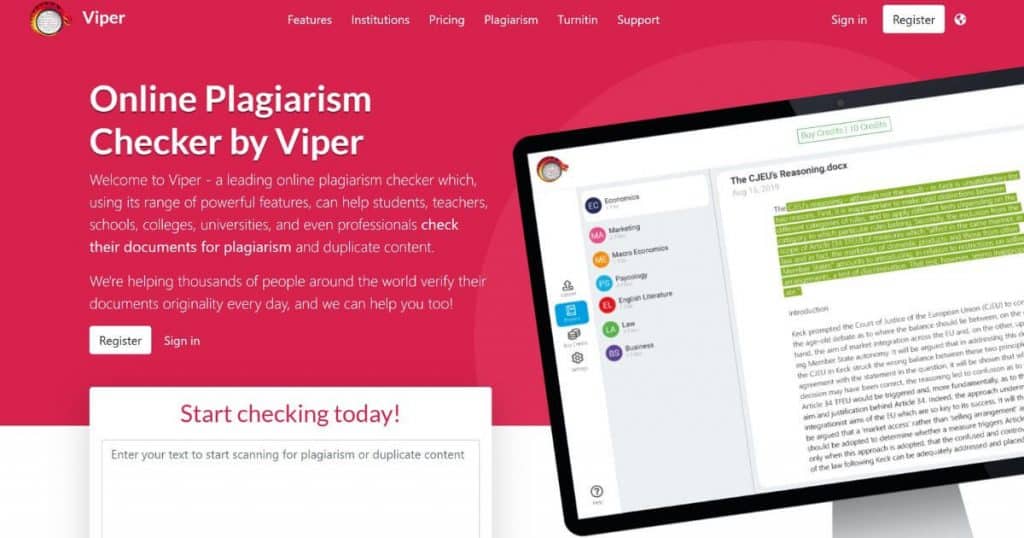
Viper is an outstanding tool for checking plagiarism in 2024. It looks at your words and compares them to over 10 billion online pieces. Many people like Viper for its big content database and high accuracy.
It stands toe-to-toe with hot names like Turnitin and PlagAware. If you’ve been looking for the best free plagiarism checker to keep your writing fresh and original, then Viper is a great option for you. You can use the paid version to access more features.
Grammarly
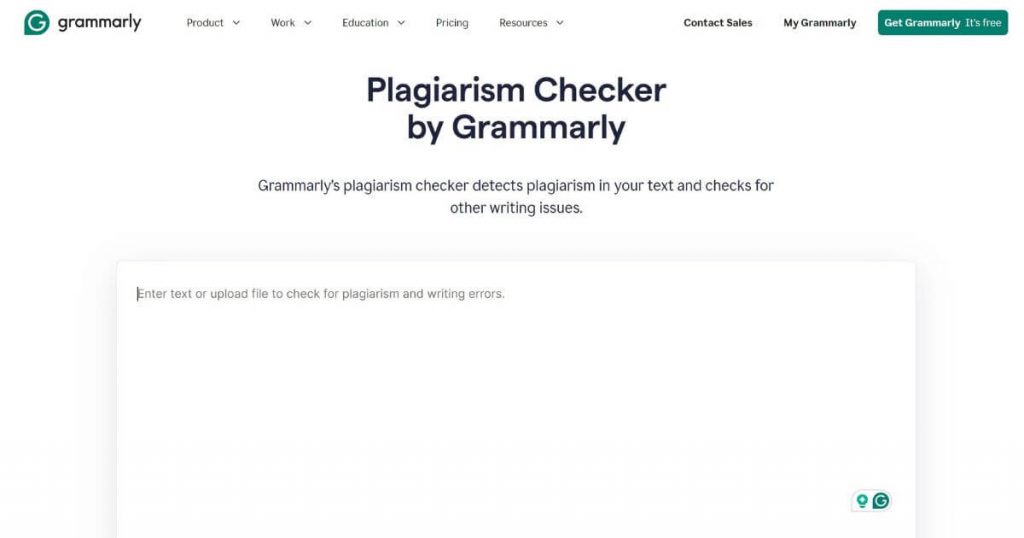
Grammarly’s plagiarism checker is a top choice for bloggers. This popular writing tool helps you write clear and error-free posts. It checks your work for grammar errors, making it the best on the market.
But Grammarly does more than fix your commas and spelling or tell you your article’s word count. It also looks out for copied text. This makes it perfect for checking plagiarism in your blog posts. If you are a student or blogger, Grammarly is highly useful. Use it to ensure all of your work is original and unique.
Plagiarism Detector
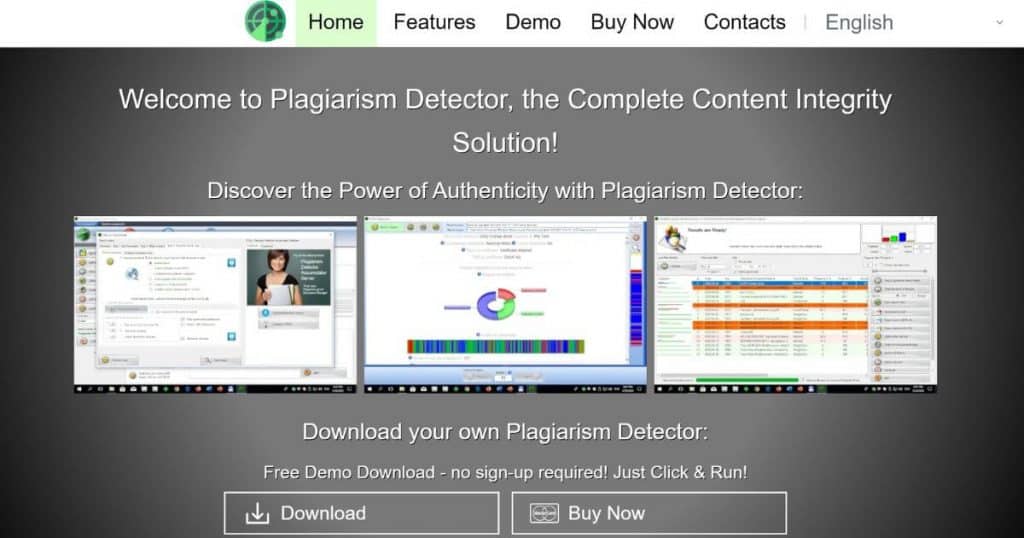
PlagiarismDetector.net is a website that offers a very accurate plagiarism checker. This tool is free to use and allows users to upload a file in various formats, copy and paste text, or enter a URL to check for plagiarism.
This online tool compares the text with billions of web pages and educational resources and provides a plagiarism report with matching sources and the percentage of similarity. It also has a grammar checker and a reverse image search feature. It is a useful tool for students, teachers, writers, and researchers who want to avoid plagiarism and ensure the originality of their work.
Copyleaks
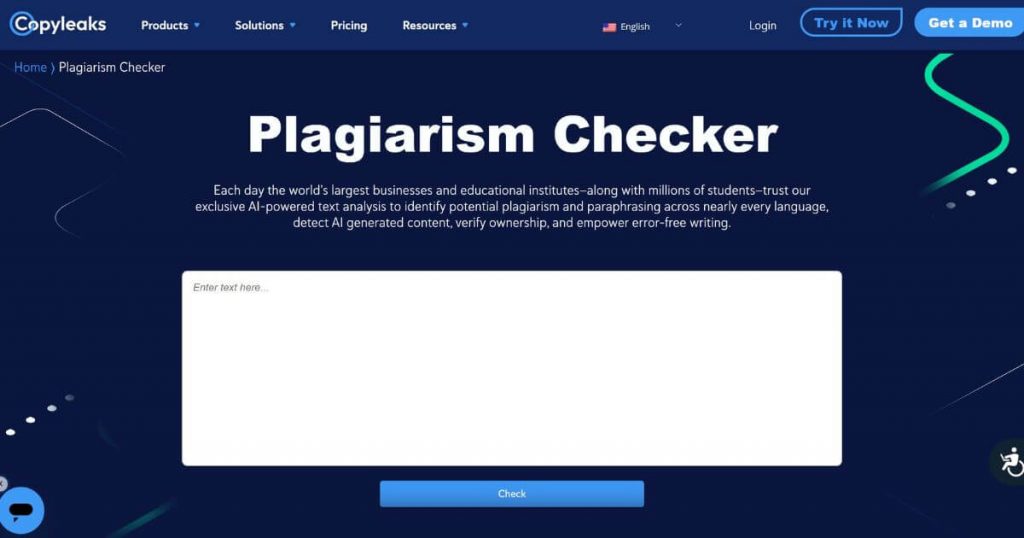
Copyleaks is a tool known and used by many all over the world. It tells you if someone else has the same words as you on the internet. Its brain works much like ours but it sees more.
Just like we use our eyes to spot a red bird in a tree, Copyleaks uses smart tech to see copied content online. What makes this tool different from the rest? It’s not just any checker; it’s premium. Users find that it’s easy to use, too. We can’t forget how great this tool is at finding copies of work fast, anywhere on the web.
Smodin

Smodin stands as a great tool for checking plagiarism. This software does an excellent job with academic writing. Besides checking for copied content, it also gives you the source of that text.
But the best part is that Smodin works well on Google Docs, too. It can check texts in various languages, not just English. And if you find copied content, Smodin will provide citation and bibliography information on its own.
That makes it stand out from other tools like Scribbr and Quetext. Many people say Smodin is one of the top plagiarism checker tools for 2024.
Compilatio
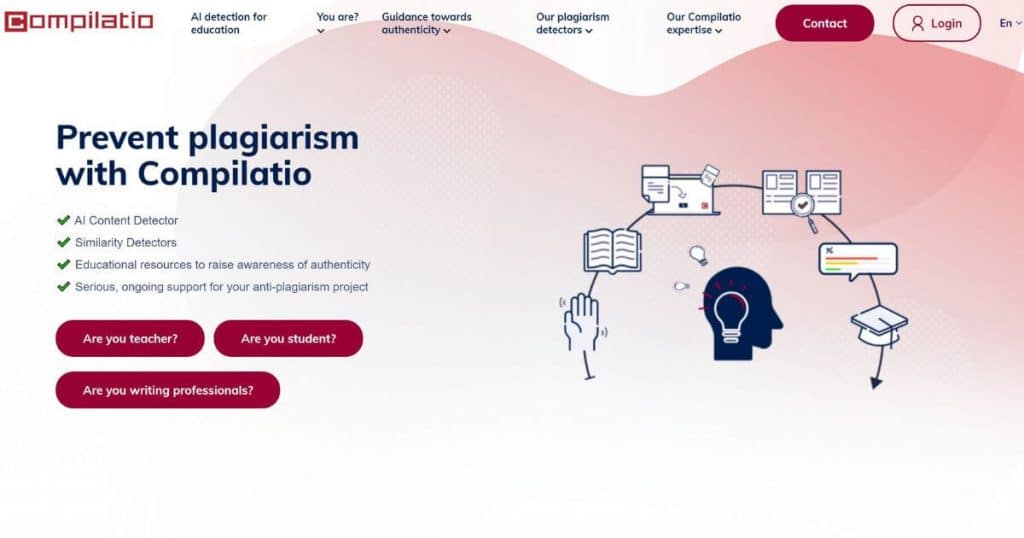
Compilatio is a comprehensive plagiarism checker that helps you ensure the originality and quality of your academic papers. It compares your documents with millions of sources on the web and detects any similarities or potential plagiarism.
If there is plagiarism detected, you can see the following information directly in the tool:
- Percentage of similarity
- Sources of matching text
- Suggestions on how to resolve plagiarism issues
Compilatio is easy to use, fast, and reliable. It is a valuable tool for students, teachers, and researchers who want to avoid plagiarism issues and enhance their writing skills.
How to Choose the Best Plagiarism Checker

When choosing a plagiarism detection tool, key factors such as accuracy, usability, cost, additional features, and customer reviews play a significant role.
Dive into the full comparison to find the best online plagiarism checker tool that suits your needs.
Accuracy
The accuracy of a plagiarism checker tool holds great value. It determines how well the software can detect plagiarism in your piece. You must trust your tools to catch all types of plagiarism. No one wants to face problems with missed spots or false positives. Every accurate plagiarism checker tool scans deep and wide.
This means it checks many pieces of work on the web as well as books. A poorly spotted check could bring low scores, bad reviews, or worse. So, making sure your tool has a high level of accuracy is key to a job well done.
However, keep in mind that even the best plagiarism checker software might not be accurate at all times. No amount of plagiarism is acceptable, but in various fields, certain score ranges are. For example, a plagiarism percentage of 30% is considered fine for blog writing and 15% or below for SEO blogs. Publishers of manuscripts usually allow no more than 5%–7% similarity. For students, the acceptable plagiarism score varies, as it generally should be less than 15%.
“Trying to prevent plagiarism is an ongoing battle due to the advances of AI, the sheer amount of content available on any given topic, and the ease with which people can copy content from the internet and claim it as their own. Fortunately, tools like Grammarly can help spot plagiarism in a few seconds by analyzing millions of web pages, so plagiarized content can be rejected before it is published.” — Nathan Turner, Content Writer, Internxt
Usability
Usability matters when choosing a plagiarism checker tool. Great tools should be user-friendly and simple to navigate. You don’t want to waste time figuring out how to use it. An easy-to-use tool will help you find text similarity quickly.
The quality of support can also make or break your experience with a tool. It’s smart to pick a checker that offers good customer support when you need it. This way, issues get solved quicker. The easier the tool is to use, the more time you save in writing blogs or academic papers.
Cost
Paying for a plagiarism checker tool is part of your blog costs. Not all tools have the same price. Some are cheap, while others can be costly.
There are big differences in cost among these tools. Scribbr’s service ranges from about $19.95 to $39.95, depending on how long your document is. You must also think of how much value you get for what you pay: accuracy, ease of use, and extra uses like grammar checks or a citation generator should weigh into your final choice.
Additional features
Extra tools make it easy to find copied work. These can be links that show where the exact words are used online. Some checkers have tools that highlight parts of your text that match other places on the web.
You might want a checker tool that checks different types of files, too. The tool should allow users to upload different file formats, such as PDFs, Word documents, and more. Check if the tool supports these formats before picking one.
The tool should provide you with a detailed online report as well. It’s important to review it and not just rely on the overall score, as plagiarism checkers work by detecting similarities, not plagiarism, and not all similarities are plagiarism.
Customer reviews
People often talk about their experiences with a plagiarism checker online. These are called customer reviews. They can help you learn more about the tool’s features, accuracy, and how easy it is to use.
Users also share their level of satisfaction with the support they got from the service provider. So, be sure to check out these reviews before choosing a tool.
Importance of Using a Plagiarism Checker
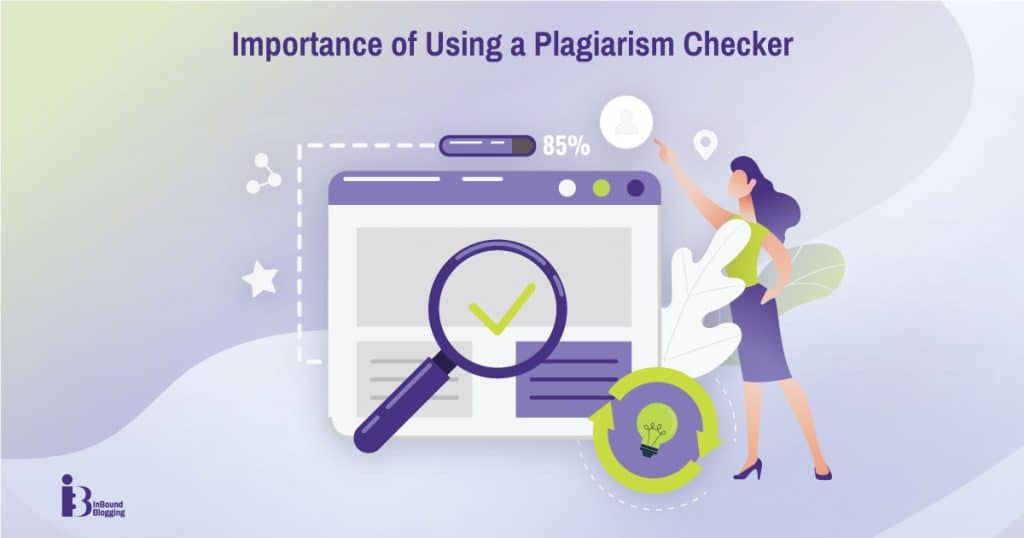
Utilizing a plagiarism checker is crucial to maintaining academic integrity, protecting original concepts from copyright infringement, and upholding your credibility as a blogger or writer.
Avoiding academic consequences
You can get into deep trouble if you copy others’ work. Schools do not like it when students cheat and don’t take such occasions lightly. A plagiarism checker tool is your friend here. It helps you know if you have produced original content or not.
So, always use plagiarism checkers to be sure about your work and stay safe at school.
Maintaining credibility
Your work as a blogger must be true and real. This is what we call credibility. Using a plagiarism checker helps you to keep your work credible. It shows that you care about being original and fair.
If you post copied content, it can destroy your image. Your readers might give up on following you. So, always check for plagiarism before hitting the ‘post’ button. A good checker tool stops this from happening and keeps your name clean.
“Тrain your staff on plagiarism, ensuring they understand what it is and how to prevent it. In this plagiarism training, provide guidance on citing sources, paraphrasing, and creating original content. By following these steps, you can help ensure that your team is not accidentally plagiarizing others, and make it clear that plagiarism is not acceptable for your company’s content.” — Belen Garcia-Saldaña, Marketing Coordinator, Achievable
Protecting original work
Creating fresh content is crucial for every blogger. But it’s also important to keep your work safe. We call this protecting original work. Plagiarism checkers help keep your writing unique and free from copycats.
They ensure the value of your hard work and creativity. This way, you show both honesty and respect for other writers’ ideas, too. With these tools, you can guard your blog posts against online plagiarism so they remain one-of-a-kind on the internet.
“The absolute worst-case scenario that I’ve encountered has to do with individuals reposting our blog content without giving due reference. This not only infringes on our rights as the original authors but also significantly impacts our SEO rankings. There have been instances where search engines have flagged our original content as duplicate because it was reposted elsewhere without credit. This is an ongoing struggle in the digital marketing field and one that we continually address through vigilant monitoring and the use of plagiarism detection tools.” — Tim Clarke, Sr. Reputation Manager, RizeReviews.com
Conclusion
There are many plagiarism-checking tools to choose from. It can be hard to know which one is the best. However, this guide has shown what each tool does well and how they differ. The right choice may vary for everyone and depends on your needs.
FAQ
What is a plagiarism checker tool?
A plagiarism checker tool is software that helps determine if your work copies someone else’s words.
Why should I use a plagiarism checker tool?
Using a plagiarism checker tool can help you identify sources that may be similar to your own work. Thus, you avoid copying others’ texts and show you have unique ideas. It’s essential to stay away from plagiarism not only because it’s unethical and unprofessional, but it’s also illegal.
How does a plagiarism checker tool work?
When you run a plagiarism check, the tool compares your texts to other texts on the web, books, and papers. These tools are mostly only able to find partial matches that resemble your input or worse, are exactly the same.
Is it easy to use a plagiarism checker tool?
Yes, using a plagiarism-checking tool is usually as simple as pasting in your text and clicking “check.”
Are all plagiarism checker tools free?
No, while some plagiarism checker tools are available for free, others may require payment for advanced features.
What is the best plagiarism checker for students?
According to various sources, the top five best plagiarism checkers for academic purposes are Scribbr (powered by Turnitin), Grammarly, Smodin, Compilatio, and PlagAware.



